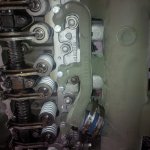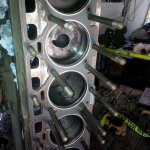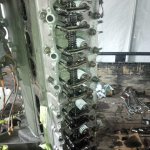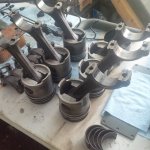Jeepsinker
Well-known member
- 5,399
- 470
- 83
- Location
- Dry Creek, Louisiana
Yeah putting it back together from where it is wouldn't be bad. You just need a new set of o-rings.
Steel Soldiers now has a few new forums, read more about it at: New Munitions Forums!

Actually I hope it turns out Ok for him. It's just that I've been looking for a few years now and have recently given up when this happens ! I guess it just wasn't meant to be. Probably blow-up my engine hot-rodding it around town !You can always think positive thoughts like, It will be busted when he gets it. That should help to calm you down.
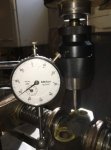
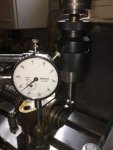

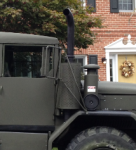
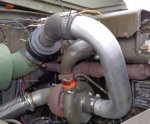

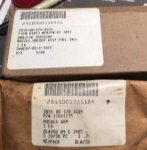
Thanks for the information Shawn. I'll give them a call this Monday.
Actually you have that backwards. They went from the one hole injector to the two hole injector. One hole is bigger then the other allowing a misting instead of a spray in one and a spray in the other. This allowed better atomizing of the fuel. The way multifuel engines work the spray fills the bowl in the piston with fuel and it allows the fuel to slowly burn off, but adding a misting action allowed for better initial combustion like modern diesel engines.I am heading back to the bush to work in the mines in Mali. I will be back for xmas. I will install the lds injectors and pump and I will post the results. I did some research on the LDS injectors and found that they went to one hole in the later years instead of two hole. I have an nos set of lds one hole injectors from the late 80's that were 55 buck each so I going to use them. But all of my research show one hole injectors were use torward the end of production.
